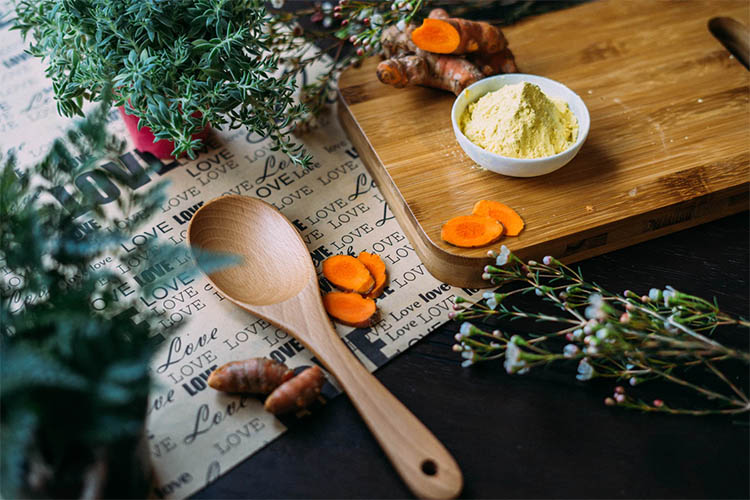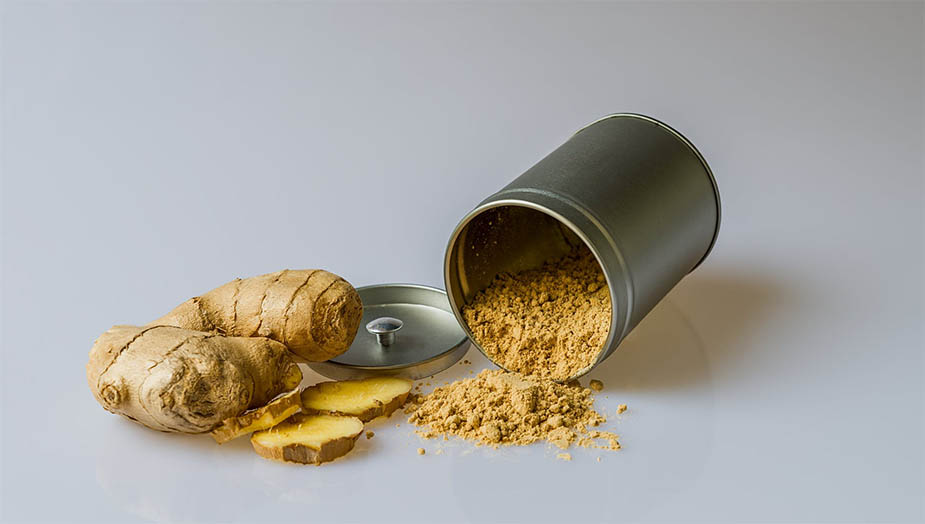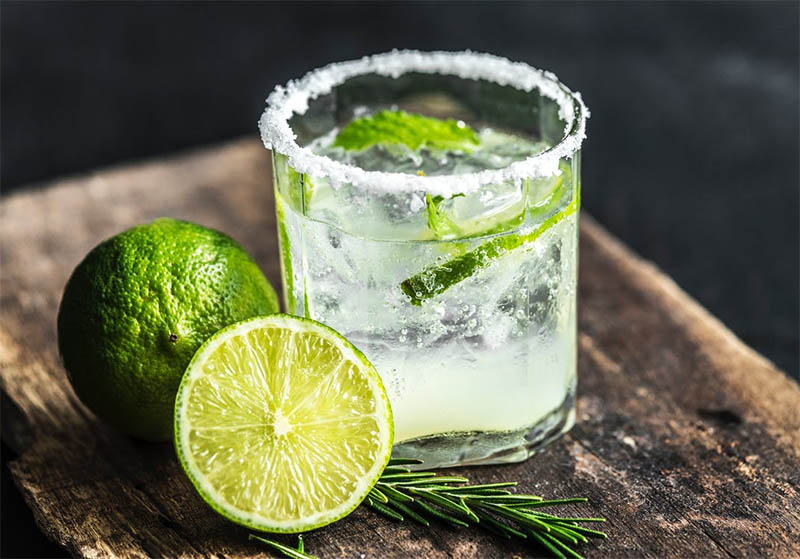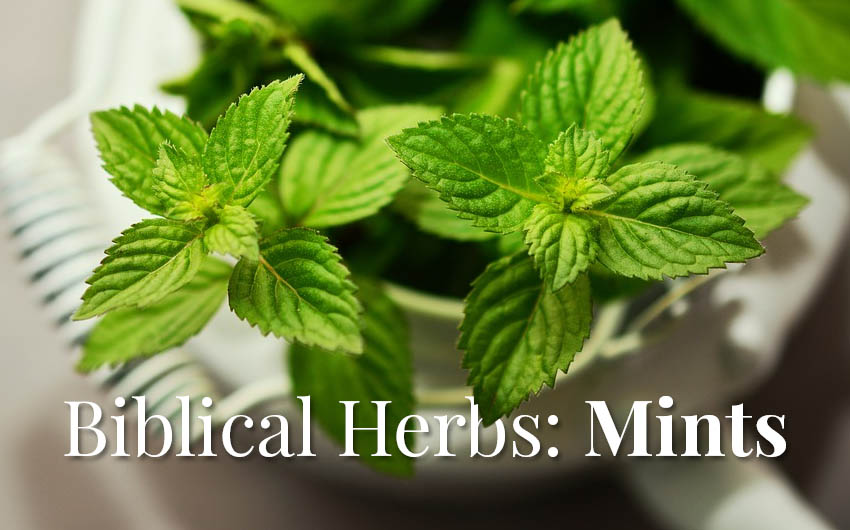
by Herb Exchange | Oct 30, 2019 | Culinary Herbs |
You may or may not have heard of turmeric before, or only know about it as a dried spice. However, like many herbs, fresh turmeric is leaps and bounds above it’s dried counterpart. Have you ever dined on Indian food, or perhaps a yellow/orange Thai curry? If you have, chances are you’ve eaten turmeric (Curcuma longa). It is a tropical rhizomatous herbaceous perennial in the ginger family, also related to cardamom.
The bright hues of the fleshy rhizomes contain a chemical compound called curcumin, which also provides many various potential health benefits. Often considered a superfood, turmeric is a staple of Ayurvedic medicine, which dates back thousands of years. The National Center for Complementary and Integrative Health (NIH) considers turmeric generally safe to eat and apply to the skin. And with most anything, moderation is key. High doses may cause gastrointestinal upset. (more…)

by Herb Exchange | Oct 1, 2019 | Culinary Herbs |
Many people may recognize ginger root in the store, or the powdered ginger spice in a bottle, and yet wouldn’t be able to identify a ginger plant. This exotic plant (Zingiber officinale) grows best in fertile, moist well-draining soil with warm temperatures. The stout, yellow rhizomes (ginger root) can be due in late summer to early fall. Ginger is a beautiful plant that can grow about 3 feet tall, with purple and pale yellow flowers that arise on separate shoots directly from the rhizome. Turmeric is a close relative of ginger. (more…)

by Herb Exchange | Apr 7, 2019 | Culinary Herbs, Miscellaneous |
A Cocktail Herb Garden
When it comes to cocktails, most people probably focus on the alcohol that goes into them. While alcohol is one of the major components in cocktails, you can take yours to the next level by adding various ingredients. It takes some creativity to make a beautiful cocktail. Things such as garnishes, rims adornments, herb infused syrups, and bitters can dramatically change the taste and flavor of a cocktail. However, herbs remain the most underrated when it comes to mixing cocktails. The good news is that you don’t have to be a connoisseur of drinks to come up with a great herbed cocktail or mocktail drink. Here are some of the herbs you can add to cocktails and how to go about it. Read below for the best herbs for cocktails to grow in your garden!
(more…)

by Herb Exchange | Feb 25, 2019 | Miscellaneous, Culinary Herbs, Guest Authors, Herbs |
Plants are first mentioned in the Bible in the first chapter of the first book: “Then God said, ‘Let the earth bring forth grass, the herb that yields seed, and the fruit tree that yields fruit according to its kind…” (Genesis 1:11). Throughout the ages, the Hebrews have attributed holiness to many species of plants. The Scriptures associate feasts, rites and commandments with many plants and their cultivation. Early written information about herbs is found in the Bible back to the time of Moses or even earlier. In Exodus 12:22 Moses tells the children of Israel how to save their children by using the herb and lamb’s blood. “And you shall take a bunch of hyssop, dip it in the blood that is in the basin, and strike the lintel and the two doorposts with the blood that is in the basin.” In Numbers 19:6, 18 hyssop is again mentioned. Also, in 1 Kings 4:33 God gave Solomon wisdom, “And he (Solomon) spoke of trees, from the cedar tree of Lebanon even to the hyssop that springs out of the wall…” Psalms 51:7 refers to this plant: “Purge me with hyssop, and I shall be clean; wash me, and I shall be whiter than snow.” While pride is symbolized by the majestic cedar of Lebanon in Jewish tradition, the lowly hyssop represents modesty and humility. At least eighteen plants have been considered for the hyssop of the Bible, but modern botanists have generally agreed that Syrian majoram (Origanum syriacum) is the likely plant. It seems to fit well with these verses. It was used to cleanse homes defiled by leprosy or death and came to symbolize cleanliness. Its fragrance and taste led it to be prized by the ancient Romans and the Greeks before them. Bridges and grooms wore crowns made of marjoram. It was also quite likely prized in the kitchen, as it is now.
(more…)




